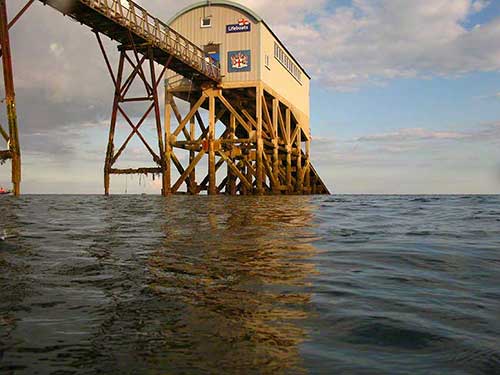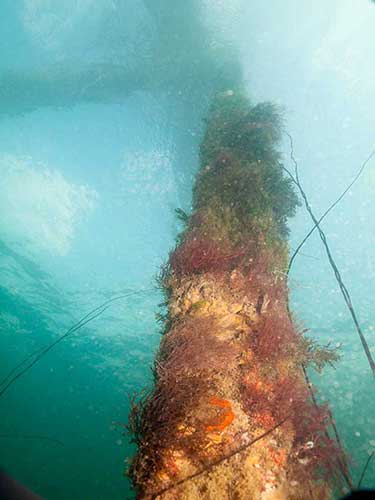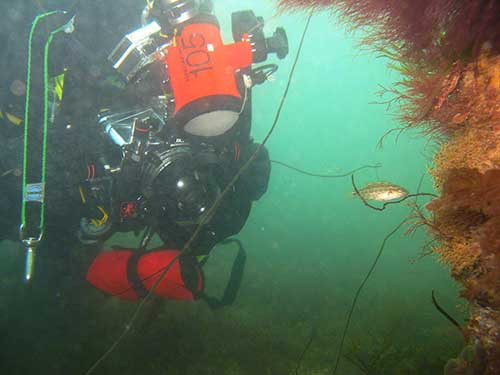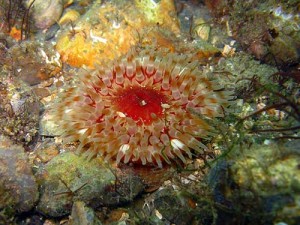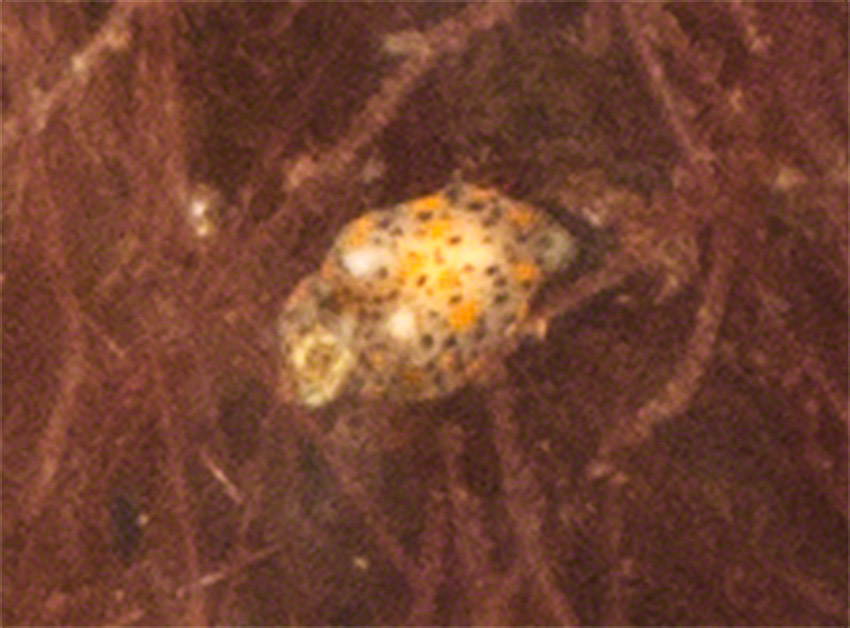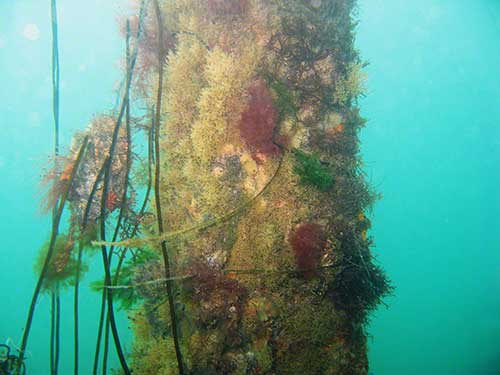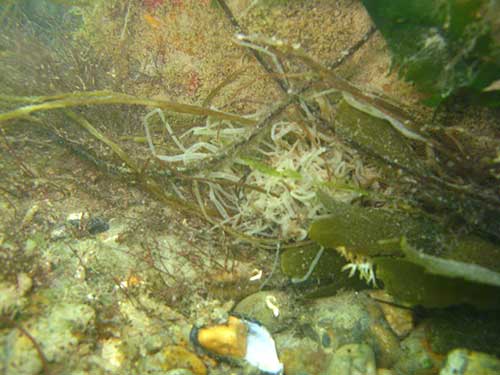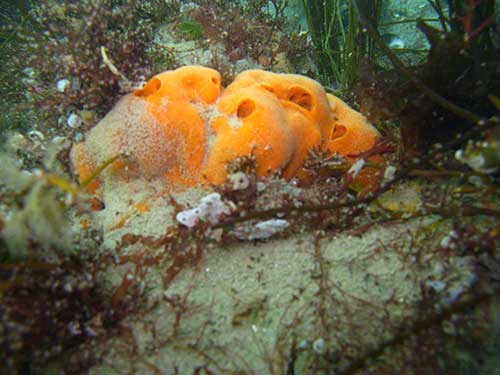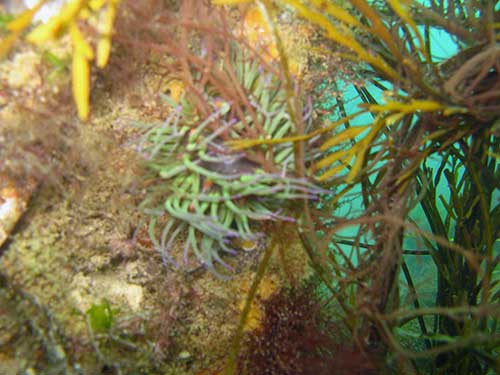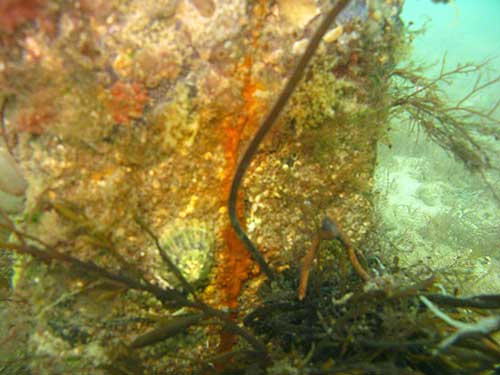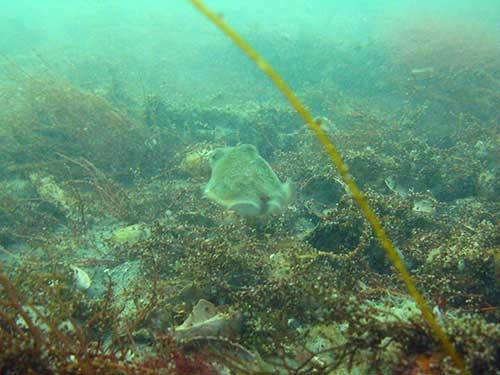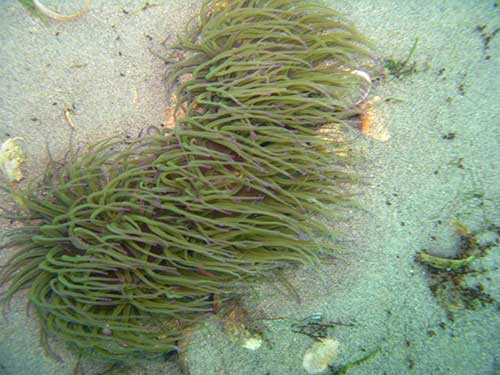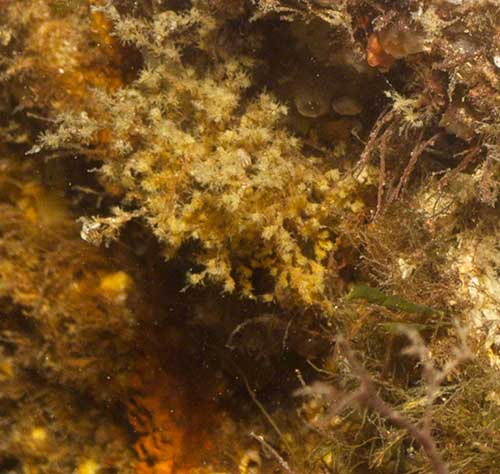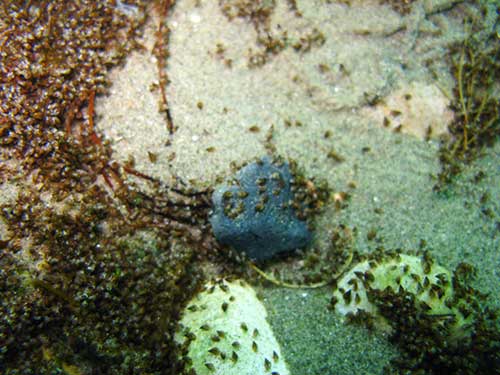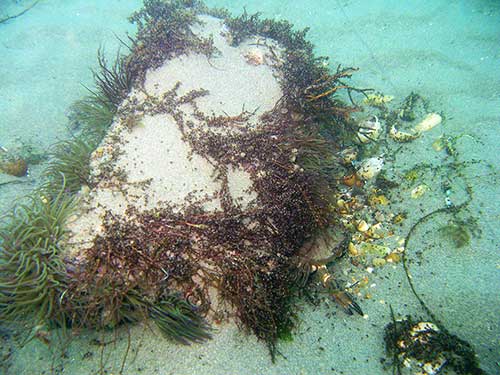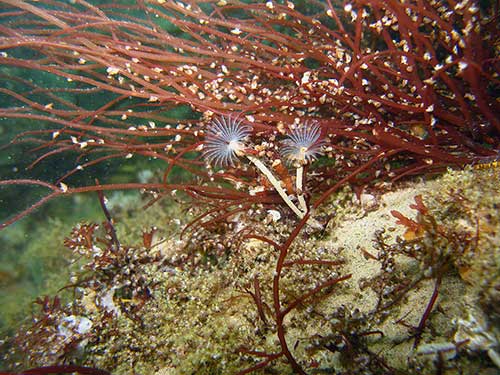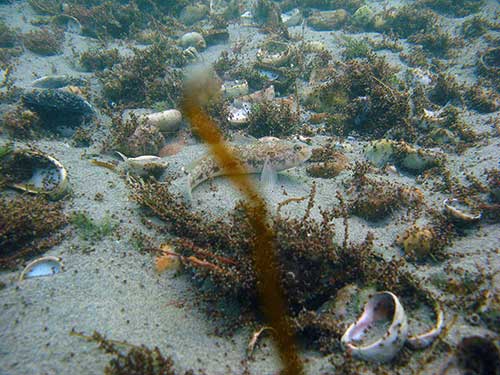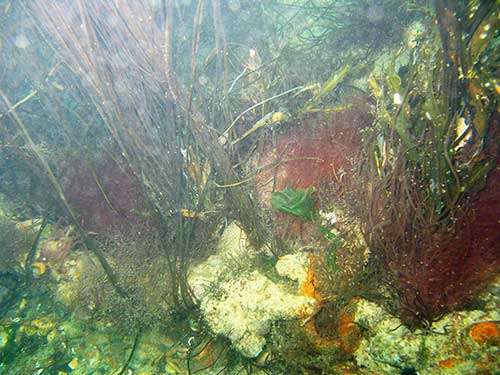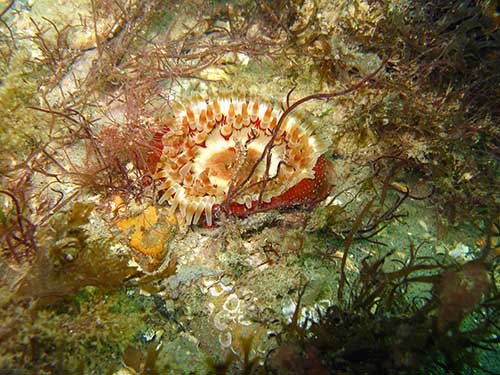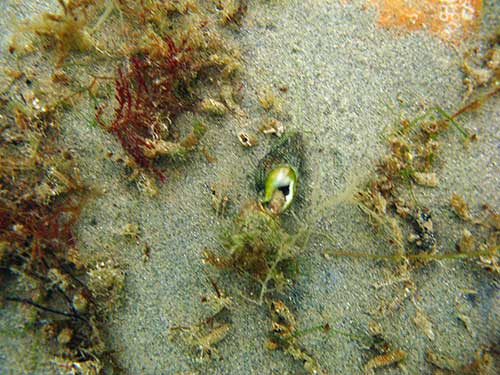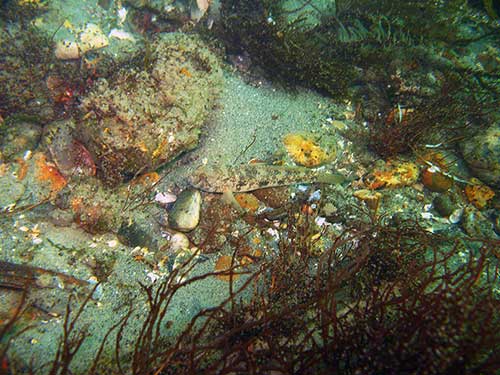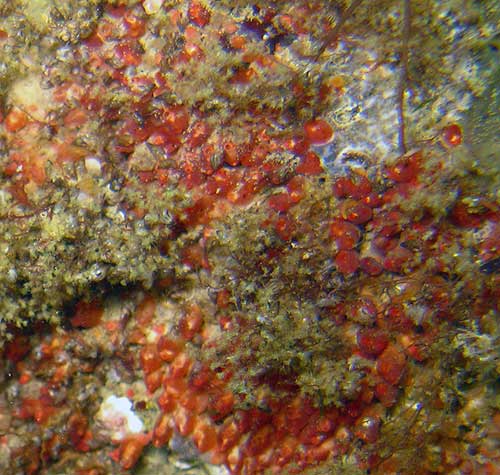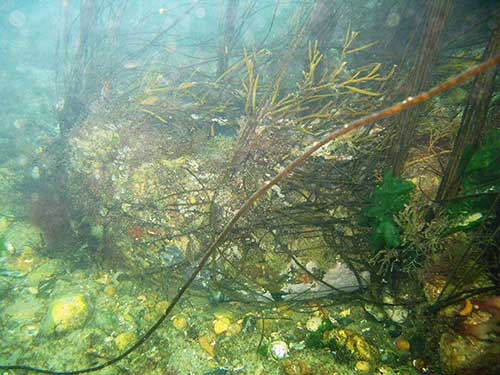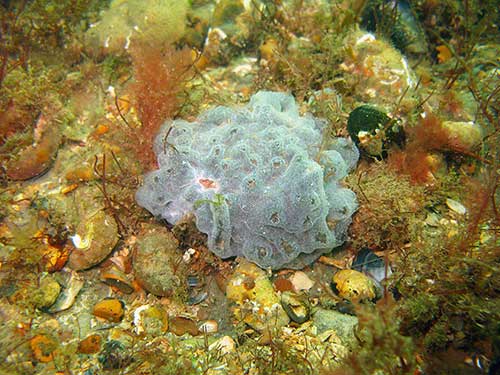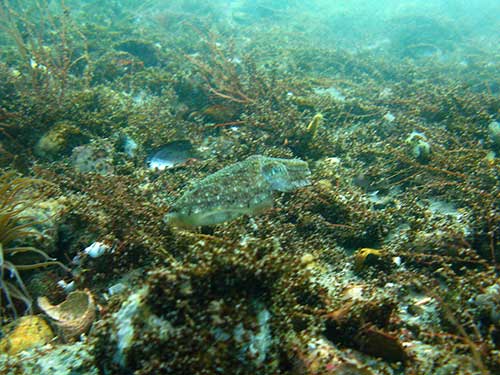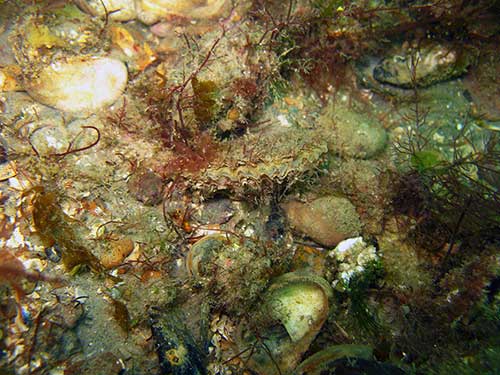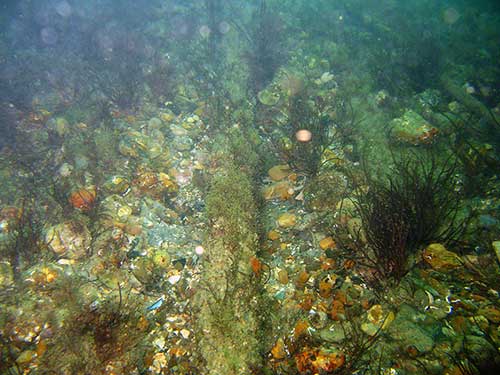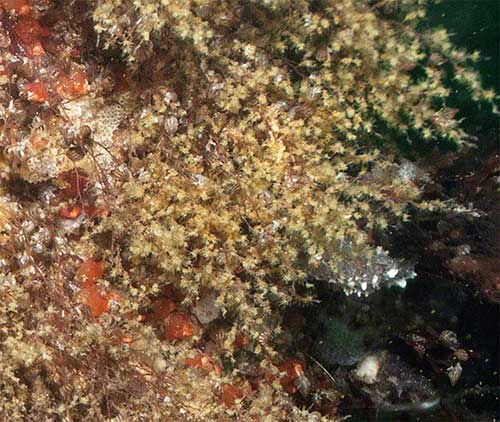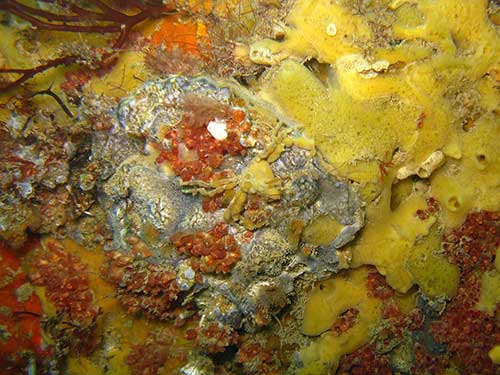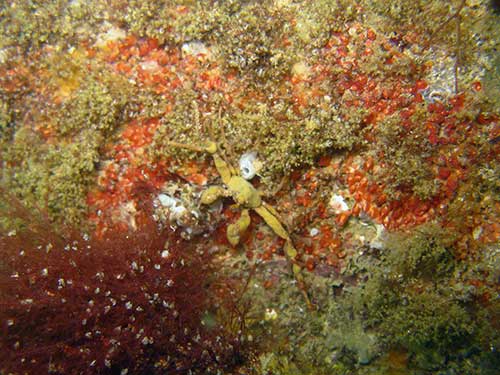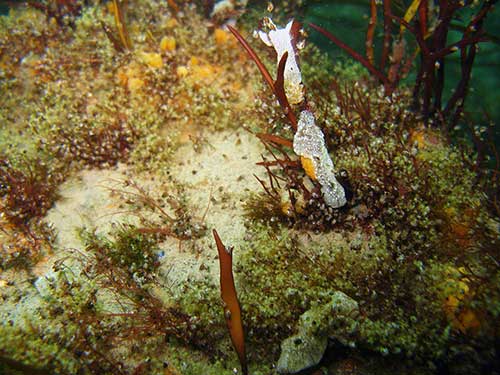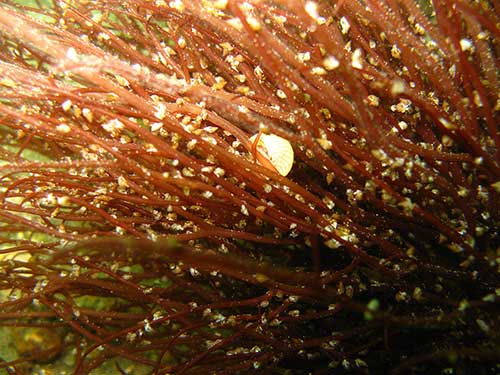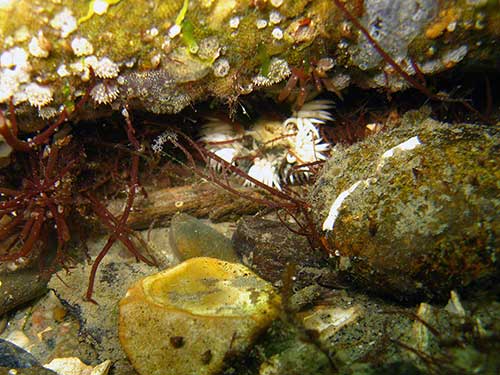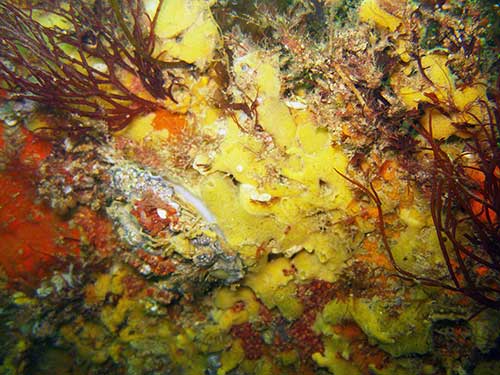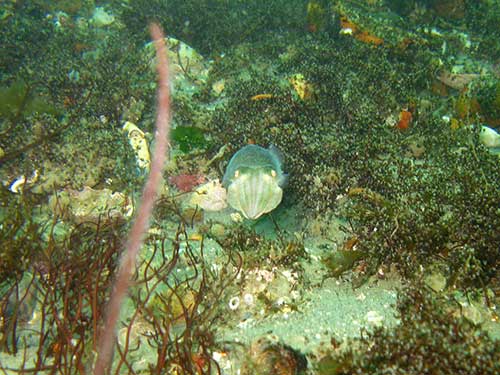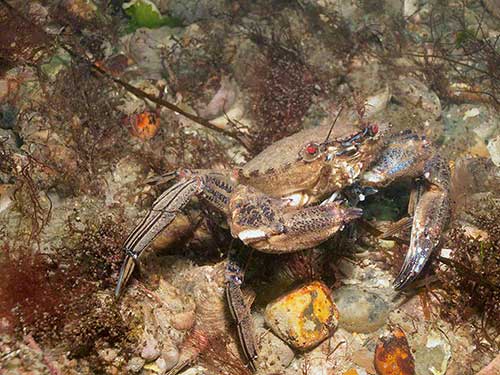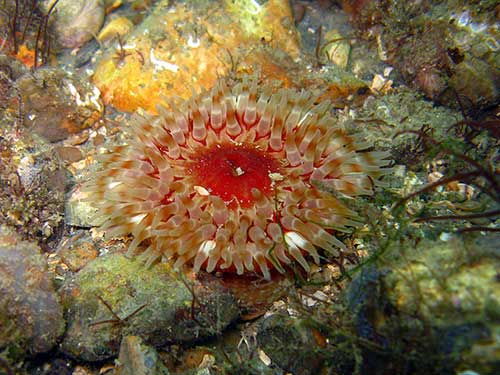Farewell Selsey Lifeboat Station
Over the years the lifeboat station at Selsey has undergone a number of changes. In 1925 a boathouse for Selsey was built on piles extending off-shore. Then, in 1960 a new slipway was constructed. Now the Selsey Lifeboat Station is undergoing massive changes that will greatly improve the efficiency of this important rescue facility. Sadly, though, the works will involve the removal of the existing lifeboat station house and the supporting piles down to a depth of one metre – so nothing will remain. Remains of the old, 1925, lifeboat station piles are still present despite being originally cut-off level with the seabed. They have been exposed by erosion and changes in the seabed. Unfortunately at least one vessel has been damaged after striking these, hence the plan to remove the current lifeboat station piles to a depth of a metre to avoid this happening in the future. Leaving exposed piles would pose an unacceptable hazard to the lifeboat operation. Furthermore the local fishermen who operate from the same area would be similarly put at risk. An additional factor is that the RNLI leases the area of seabed below the lifeboat station from the Crown Estate, who require it to be returned it to its original state upon surrender of the lease.
Consideration has been given to the creation of an artificial reef, away from the current site, using material arising out of the proposed demolition. The RNLI were not adverse to instructing their contractor to use some of the more suitable material for such a purpose. To that end they took advice from one of our environmental consultants, in this case Royal Haskoning DHV, who confirmed the concerns that the RNLI could not lead on such an interesting initiative. Obviously it is not the role of the RNLI to spend a considerable amount of time, or charitable funds designed for life-saving, to the possible establishment of such a haven for marine life. Should such an initiative gather support, and a suitable site obtain the necessary permissions, they would be pleased to support the creation of such a haven. Sadly, in respect to using excess material from the demolition, the timescales are highly unfavourable and so this can/could not be considered.
So, this is the end of a particularly interesting and popular artificial reef. The pier legs and supporting cross beams host many species and are of particular significance because of the sighting of the station at the point in the English Channel where the marine fauna of the east and west Channel meet. In fact the species we are finding now clearly show changes in distribution, west to east, associated with global warming. It has provided enormous amounts of data on the marine diversity of the area.
The Lifeboat Station is regularly used by SCUBA divers, used in diver training and biologically surveyed (records go back many years). I hold the Sussex Seasearch (see SEASEARCH home) data on the site. Records are annually uploaded onto the national database with the rest of the countries data and viewable on the web. Such data has provided evidence for the support of establishing Marine Conservation Zones, see DEFRA, Sussex Inshore Fisheries Authority, and the Sussex Wildlife Trust.
Visit the Selsey Lifeboat Station site for further information.
The following extensive gallery shows more of the life that can/could be found on and under the Lifeboat Station. Enjoy! Click to enlarge; not all images have been captioned yet. Note: other pages on the Lifeboat Station can be found on this website.

